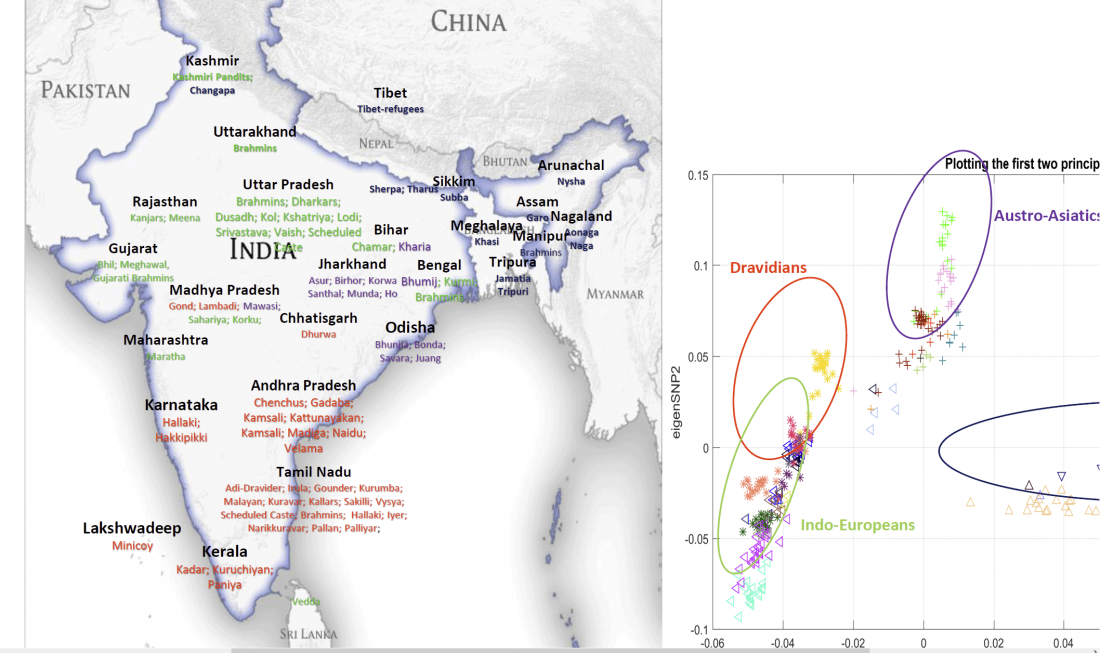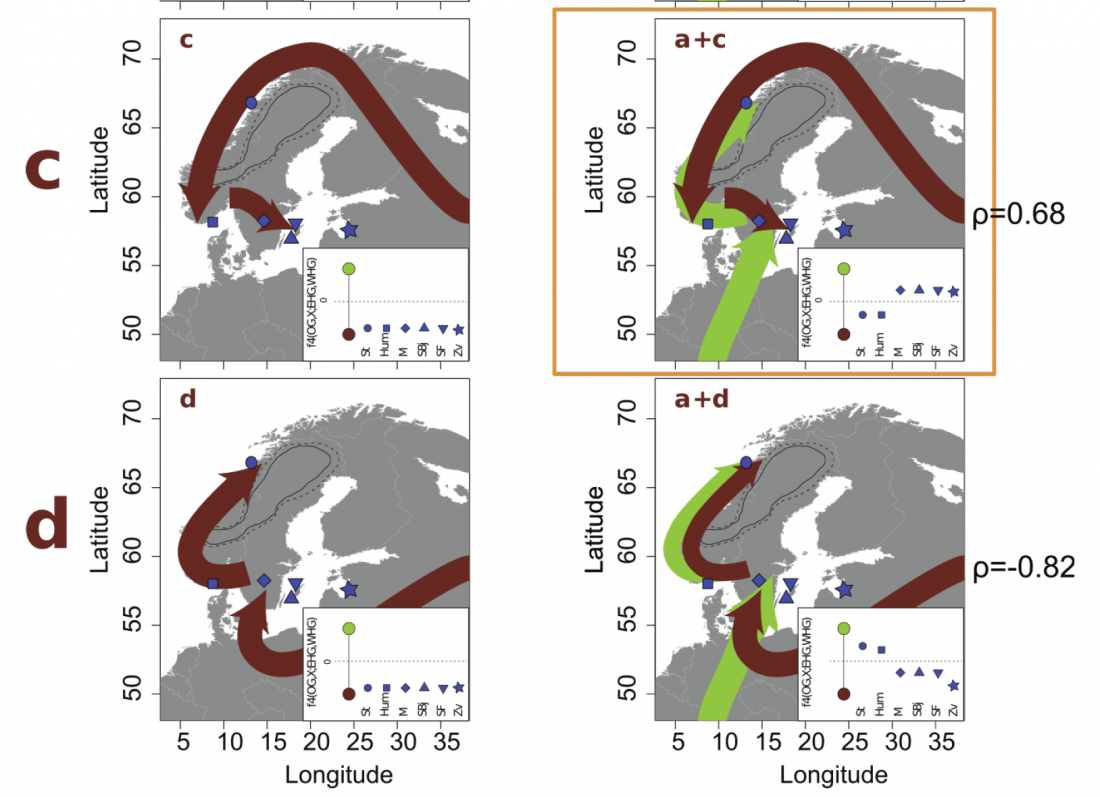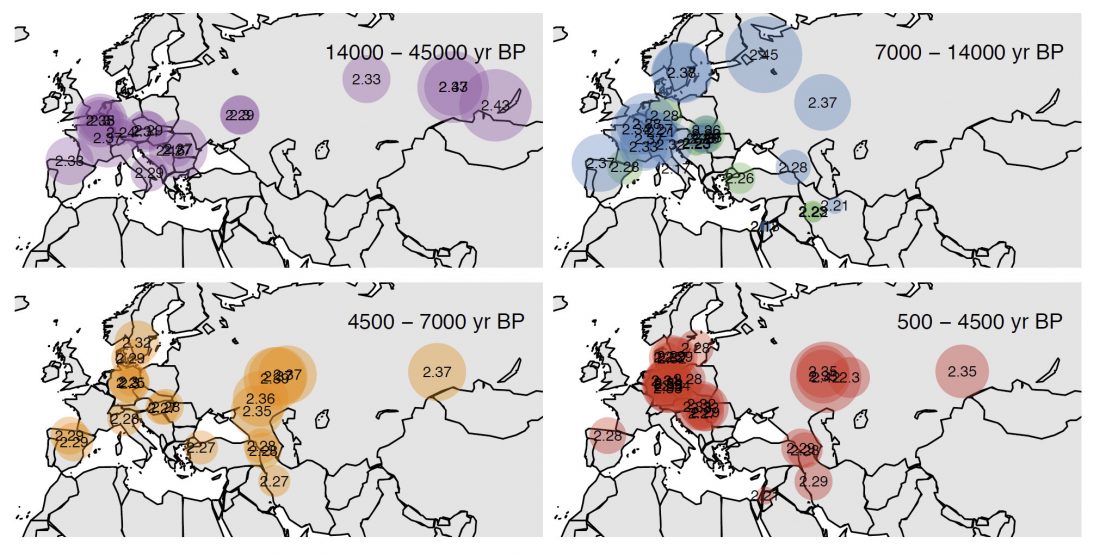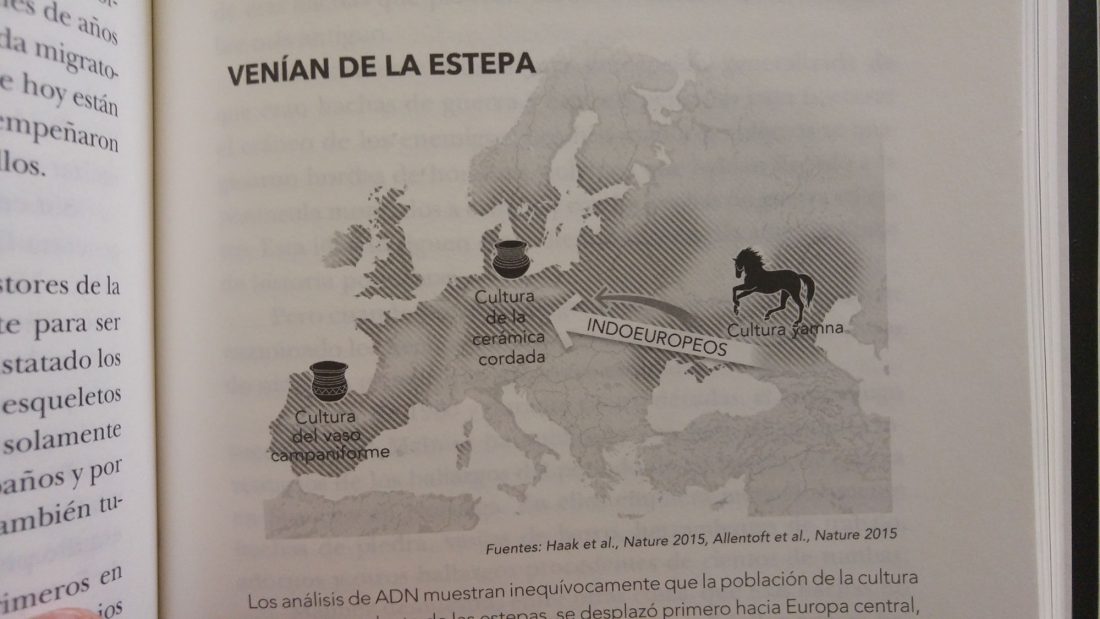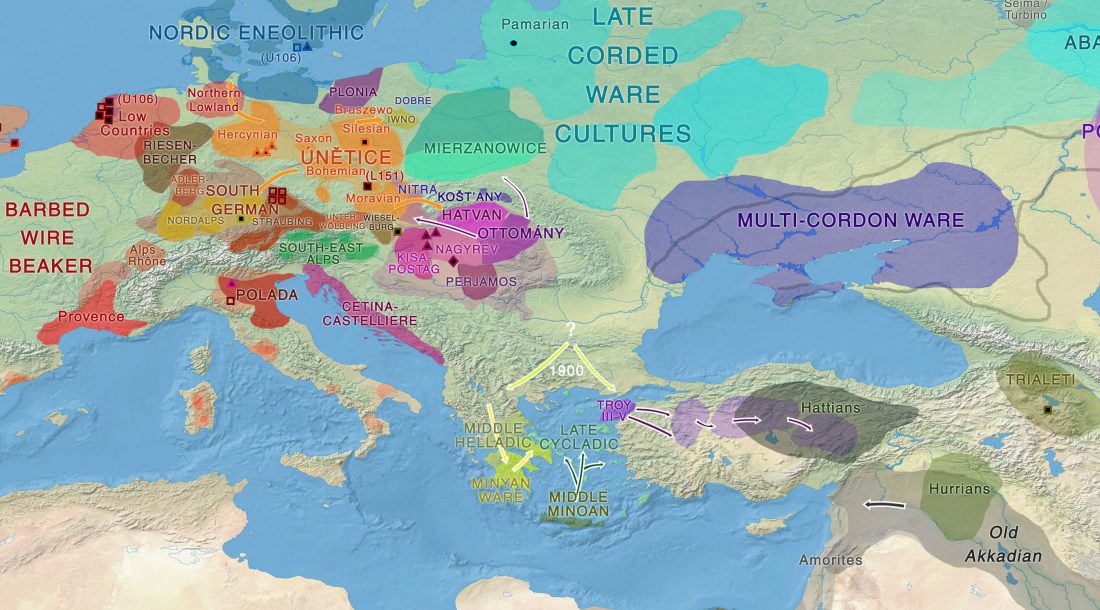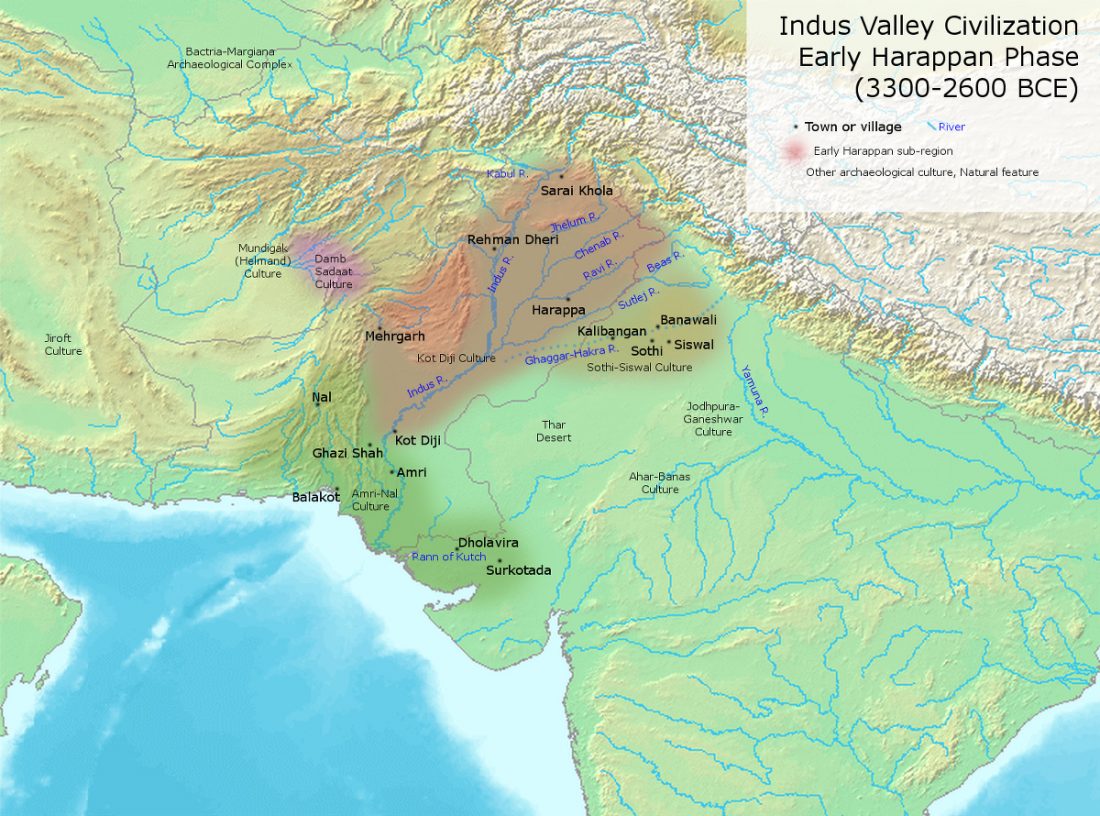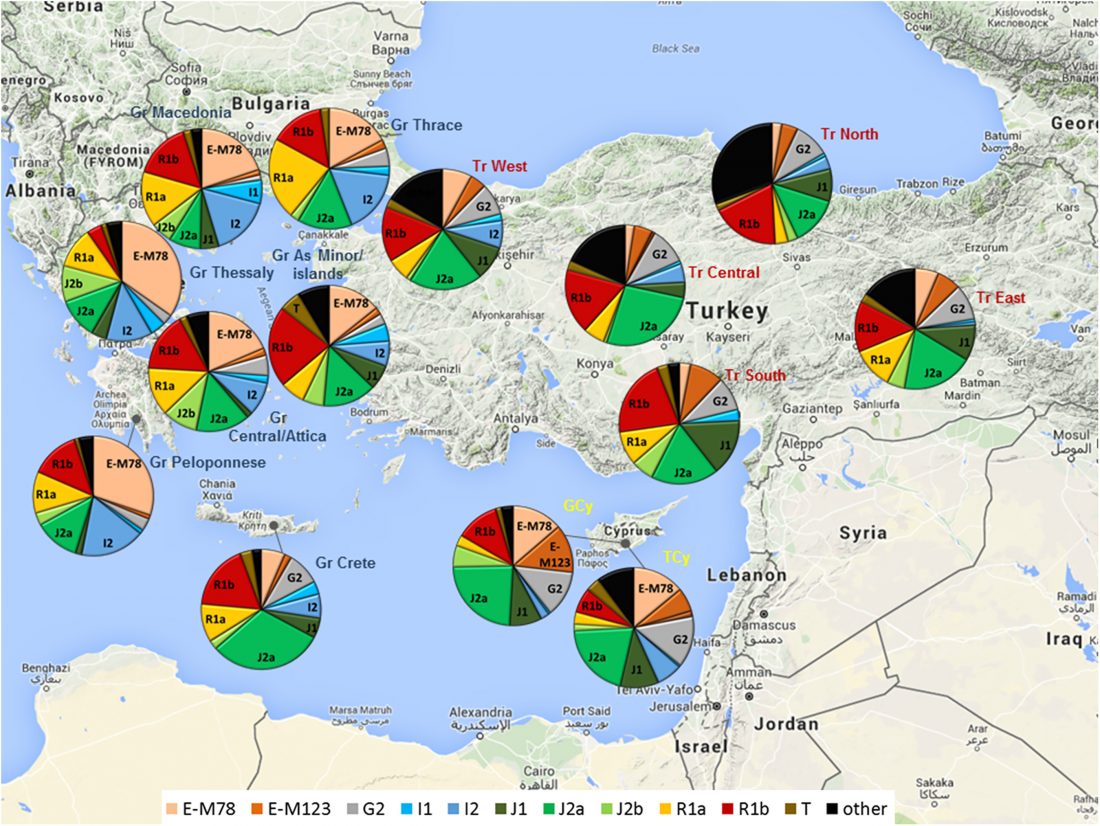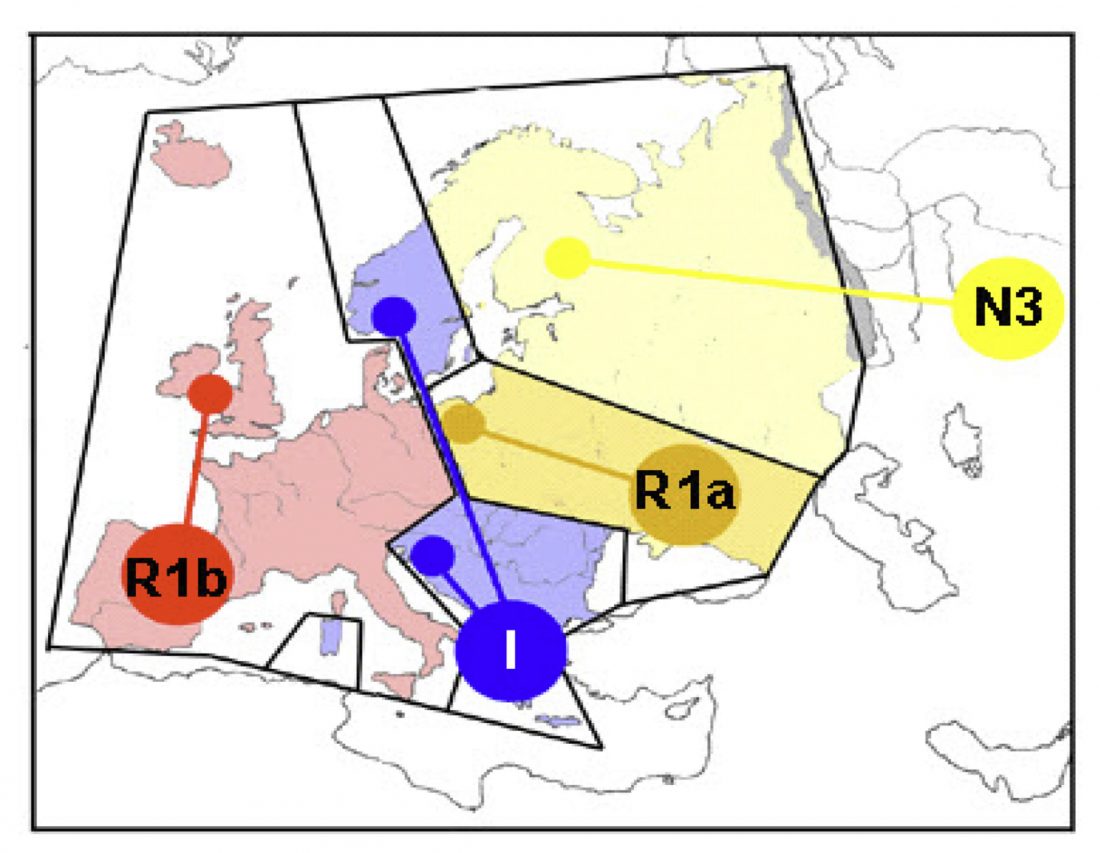Indo-European and Central Asian admixture in Indian population, dependent on ethnolinguistic and geodemographic divisions
Preprint paper at BioRxiv, Dissecting Population Substructure in India via Correlation Optimization of Genetics and Geodemographics, by Bose et al. (2017), a mixed group from Purdue University and IBM TJ Watson Research Center. A rather simple paper, which is nevertheless interesting in its approach to the known multiple Indian demographic divisions, and in its short reported methods and results.
Abstract:
… Read the rest “Indo-European and Central Asian admixture in Indian population, dependent on ethnolinguistic and geodemographic divisions”India represents an intricate tapestry of population substructure shaped by geography, language, culture and social stratification operating in concert. To date, no study has attempted to model and evaluate how these evolutionary forces have interacted to shape the patterns
